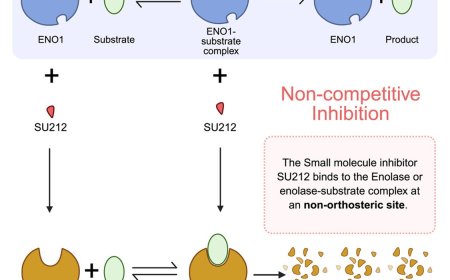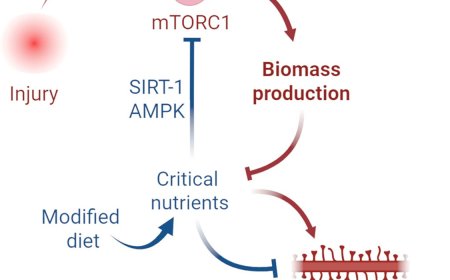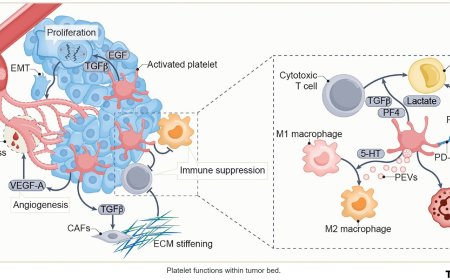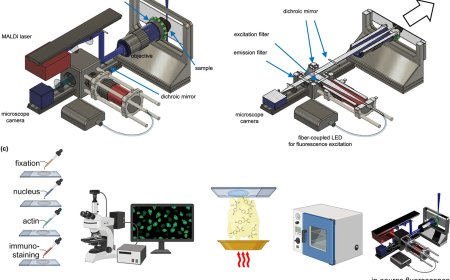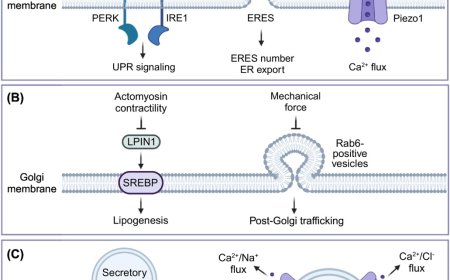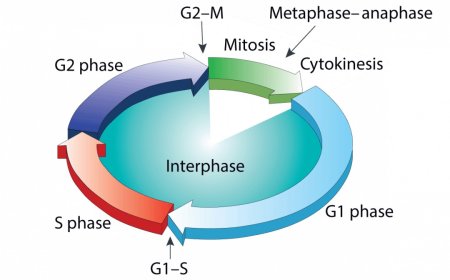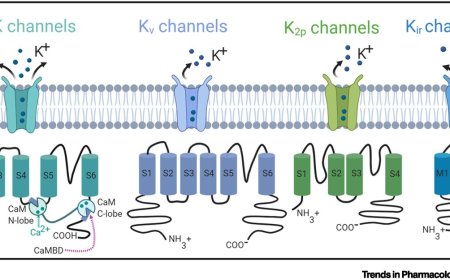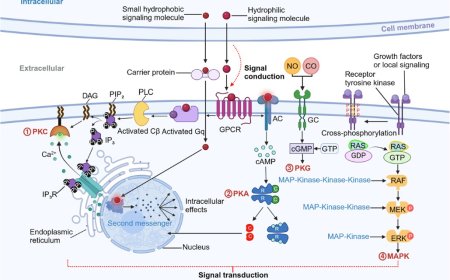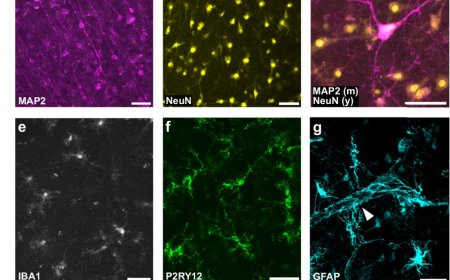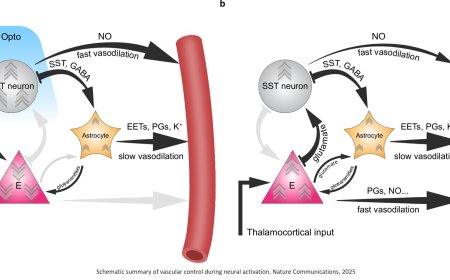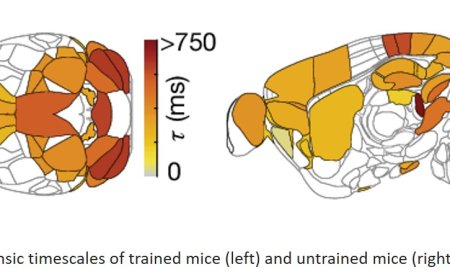Targeting quiescence to proliferation transition to block medulloblastoma
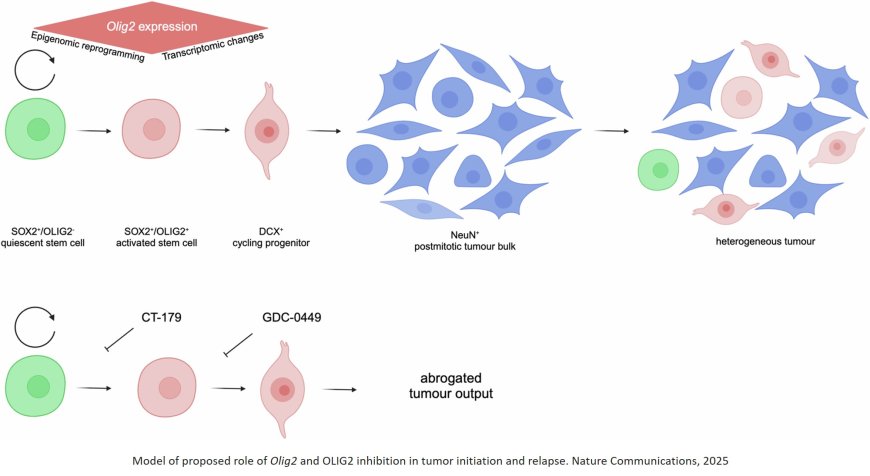
Scientists have discovered a way to stop tumor growth before it starts for a subtype of medulloblastoma, the most common childhood malignant brain cancer.
Brain cancer presents a unique set of challenges for researchers – by the time a person experiences symptoms, the tumors are often so complex that the fundamental mechanisms driving the tumor growth are no longer easy to identify. A research team is working to combat this challenge for sonic hedgehog (SHH) medulloblastoma.
In a new study published in Nature Communications, the researchers identify that a protein is responsible for the waking up of ‘sleeping’ stem cells and driving SHH medulloblastoma tumor formation and regrowth. By blocking this protein and preventing the stem cells from waking, the study demonstrates what could be a pivotal treatment strategy for the cancer, utilizing cutting-edge genomic approaches in combination with functional experiments in a preclinical model.
"Our findings offer a novel strategy to target cancer stem cells, providing hope for more effective treatments against aggressive brain tumors," says an author.
The research team began by examining cellular transitions that drove the development of SHH medulloblastoma tumors. They found that early in tumor development and after conventional treatments, a protein called OLIG2 would activate ‘sleeping’ stem cells, causing them to divide and grow into a tumor.
“There is order to how the cancer initiating stem cells undergo fate changes to form tumors. We can target an early transition event and intercept the entire process – essentially stopping the cancer in its earliest form,” says the first author.
During these transitions, the researchers uncovered a key window during which tumor progression could be blocked. By combining a previously established treatment with a small molecule called CT-179, which disrupts the OLIG2 protein, the research team were able to target the residual stem cells left after treatment and prevent them from re-awakening, effectively preventing tumor relapse.
Similarly for early-stage SHH medulloblastoma, CT-179 prevented the tumor from forming and significantly increased survival rates in the preclinical model.
